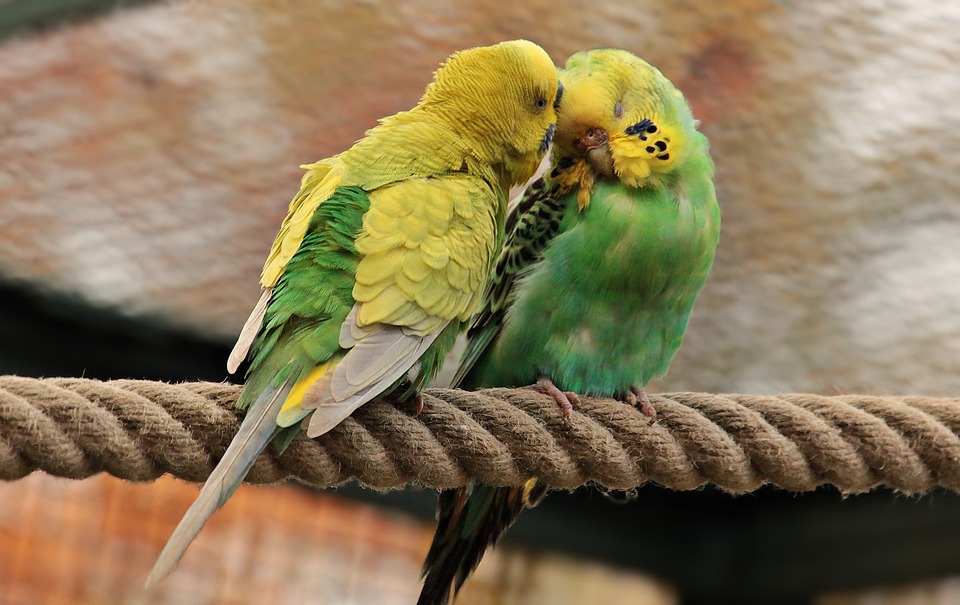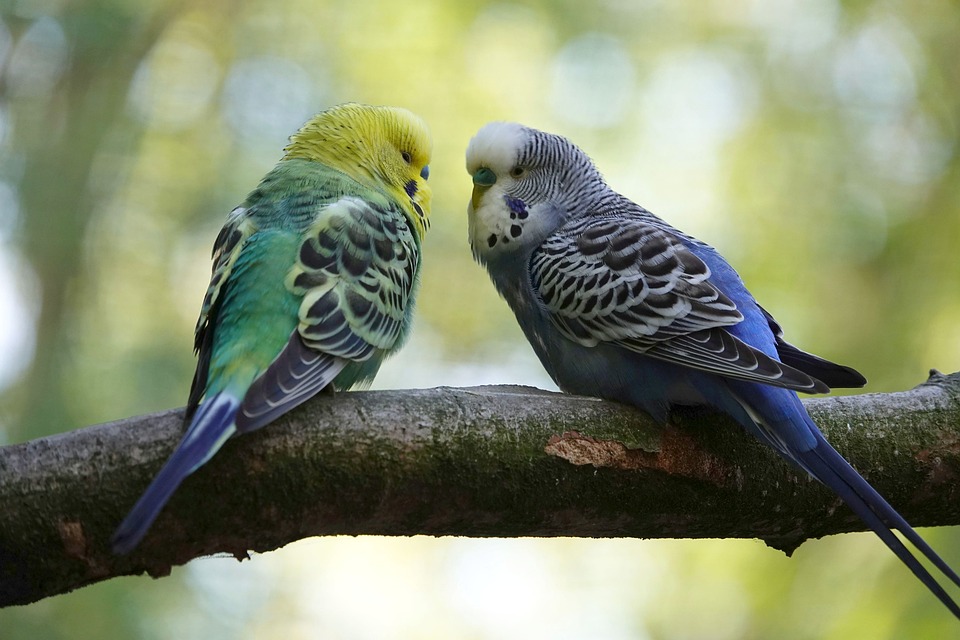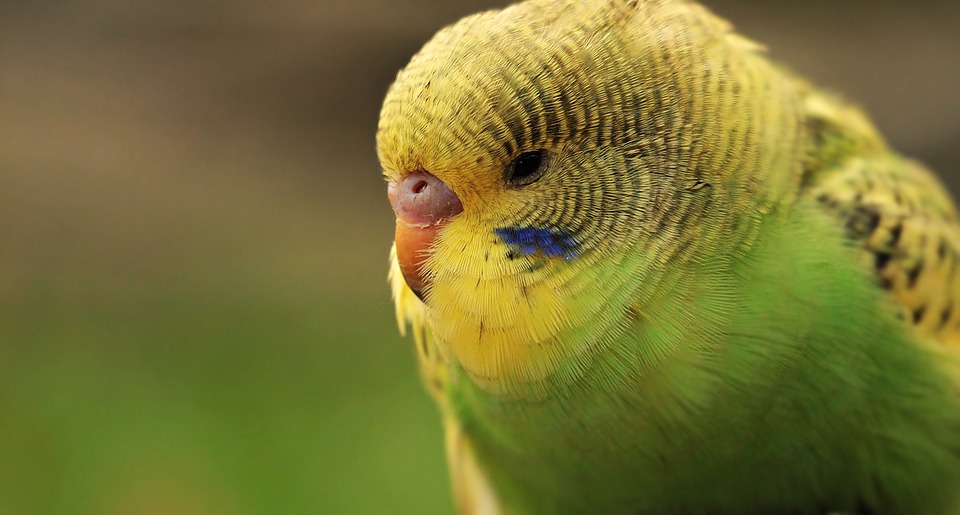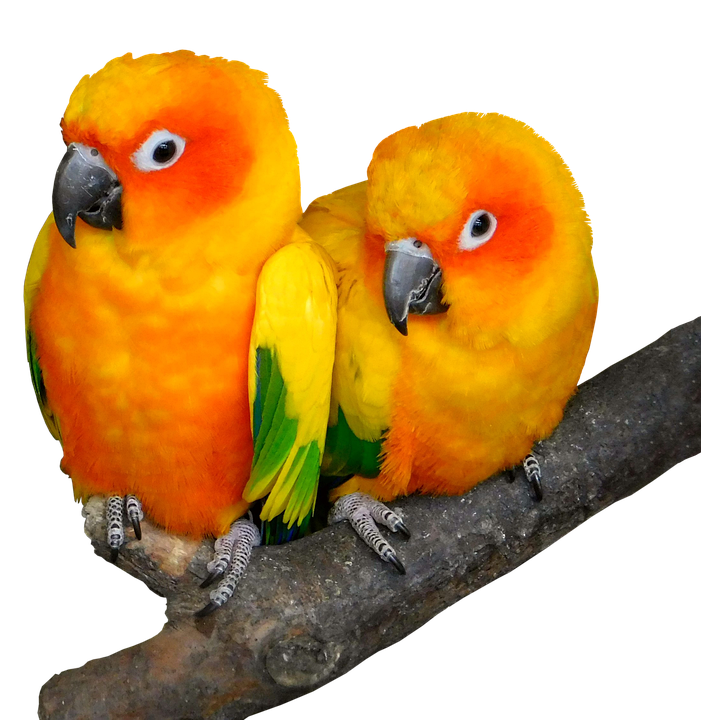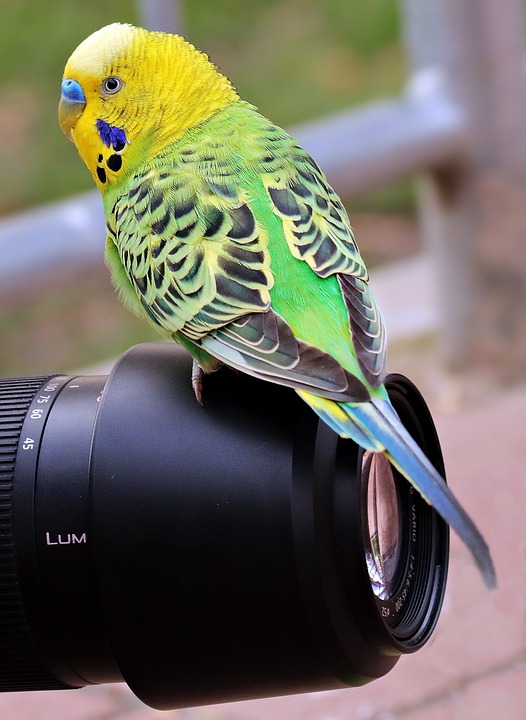Heading: How to Use Positive Reinforcement to Address Unwanted Parrot Behaviors
Introduction:
Parrots are intelligent and social creatures that can exhibit unwanted behaviors if not properly trained and stimulated. Using positive reinforcement is a highly effective method to address and modify these behaviors, promoting a harmonious relationship between parrots and their owners. In this article, we will explore how positive reinforcement can be applied in parrot training and provide valuable tips to overcome common behavior issues.
1. Understanding Positive Reinforcement
1.1 Definition of positive reinforcement in parrot training
Positive reinforcement involves rewarding desired behaviors to encourage their repetition. It focuses on reinforcing positive actions rather than punishing negative ones.
1.2 Benefits of using positive reinforcement
Positive reinforcement creates a positive learning environment and strengthens the bond between parrot and owner. It encourages desired behaviors and helps to eliminate unwanted behaviors without causing harm or fear.
1.3 How positive reinforcement differs from punishment
Unlike punishment, which focuses on suppressing unwanted behaviors through fear or discomfort, positive reinforcement focuses on promoting desired behaviors through rewards and encouragement. Punishment can lead to anxiety and aggression in parrots, while positive reinforcement fosters trust and cooperation.
2. Identifying Unwanted Parrot Behaviors
2.1 Common unwanted behaviors in parrots
Unwanted parrot behaviors can include screaming, biting, feather plucking, destructive chewing, and aggression. These behaviors can stem from boredom, lack of stimulation, fear, or frustration.
2.2 Understanding the underlying causes
It is crucial to identify the underlying causes of unwanted behaviors. This can be done by observing the parrot’s body language and signals, as they often indicate their emotional state and triggers for certain behaviors.
2.3 The importance of recognizing body language and signals
Understanding your parrot’s body language and signals will help you address the root causes of unwanted behaviors. Signs of stress, fear, or discomfort should be recognized and addressed promptly to prevent escalation.
3. Implementing Positive Reinforcement Techniques
3.1 Setting clear goals and expectations
Establish clear goals and expectations for your parrot’s behavior. Be consistent in your training approach and communicate your expectations effectively.
3.2 Choosing appropriate rewards
Identify rewards that are highly motivating for your parrot. These can include treats, praise, or playtime. Experiment with different rewards to find what works best for your parrot.
3.3 Timing and consistency in reinforcement
Reinforce desired behaviors immediately after they occur. Consistency is key in reinforcing positive behaviors and preventing confusion.
3.4 The use of clicker training and target training
Clicker training and target training are effective techniques used in positive reinforcement. Clicker training involves using a clicker to mark desired behaviors, while target training utilizes a target stick to guide the parrot’s behavior.
4. Addressing Specific Unwanted Behaviors
4.1 Screaming and excessive vocalization
Redirect your parrot’s attention to more appropriate behaviors, such as interactive toys or engaging activities. Reward quiet and calm behavior to reinforce the desired response.
4.2 Biting and aggression
Determine the triggers for biting and aggression and avoid or manage those situations. Use positive reinforcement to encourage gentle behavior and reward calm interactions.
4.3 Feather plucking and self-mutilation
Identify the underlying causes of feather plucking, such as boredom, stress, or health issues. Provide mental and physical stimulation, seek veterinary advice, and reinforce alternative behaviors to discourage feather plucking.
4.4 Destructive behavior and chewing
Offer appropriate toys and activities that satisfy your parrot’s natural chewing instincts. Reward the use of toys and redirect destructive behavior towards acceptable outlets.
4.5 Other common unwanted behaviors and their solutions
This section will provide solutions for other common unwanted behaviors, such as begging for food, excessive preening, and territorial behavior.
5. Frequently Asked Questions (FAQs)
Q1. Can positive reinforcement be used to train all parrot species?
Q2. How long does it take to see results using positive reinforcement?
Q3. What if my parrot doesn’t respond to positive reinforcement techniques?
Q4. Is it necessary to consult a professional trainer for parrot behavior issues?
Q5. Can positive reinforcement be used to address fear-based behaviors?
Conclusion:
By utilizing positive reinforcement techniques, parrot owners can effectively address unwanted behaviors while fostering a strong bond of trust and respect with their feathered companions. Remember to be patient, consistent, and understanding throughout the training process, ensuring a positive and enriching environment for your parrot’s well-being.


